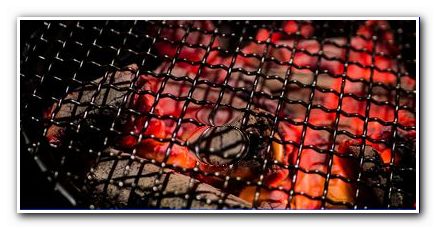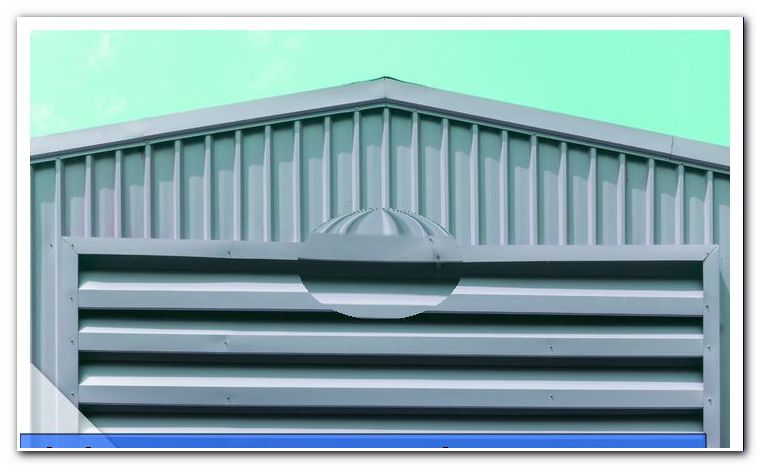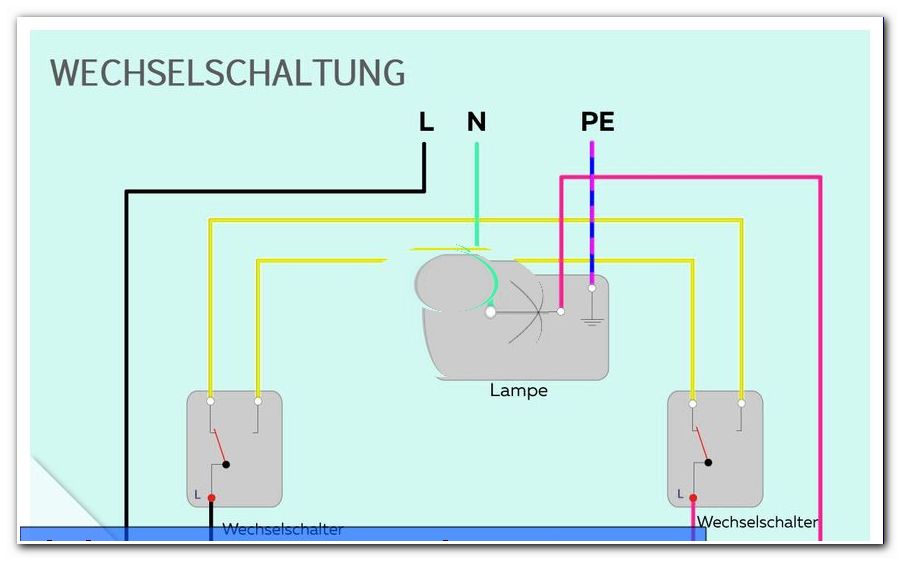Kusudama Origami - folding instructions for a flower ball made of paper

- Instructions for Kusudama flower ball
- Guidance Video for Kusudama Origami
Those who want to deepen or expand their origami skills practice best in Kusudama. You combine a large number of equally folded Origami elements into a large whole - either the individual parts into one another or by gluing them together. Our illustrated instructions will help you get started with the Kusudama Origami and bring you magical objects with potential for good luck!
Origami is the Japanese folding art that produces wonderful objects with nothing but mostly square paper and the hands of the designer. In this sense, Kusudama origami can be defined as an extension of the classic origami. It is a so-called modular origami, which is sometimes called Tangrami. The Kusudamas created by this complex tinkering are small souvenirs or gifts in their Asian homeland. You hang them up in apartments to drive out evil spirits. In addition, the pretty things should bring good luck. Translated, the Japanese term Kusudama means "medicine ball" (kusuri = medicine, tama = ball). Each kusudama consists of several equally shaped paper squares. Most variants are plugged, some, however, also glued or sewed together.
With our folding guide for the Kusudama you will learn in detail how to create such an origami artwork yourself. In any case, you need a bit of time, because with 32 elements, this tinkering is quite a complicated matter, but it's worth it. Have fun!
Instructions for Kusudama flower ball
You need this:
- 32 sheets of square origami paper
- bonefolder
- Lochzange
- scissors
- needle and thread
- Tape for hanging

How to proceed:
Step 1: Pick up a sheet of square paper and fold the upper-left corner of the paper to the lower-right corner of the paper. Make a fold and then unfold the paper.
Note: The patterned side should be inside after the first fold.
Step 2: Then fold the upper right corner of the paper to the lower left corner of the paper. So as in step 1, just fold the paper diagonally.
3rd step: Apply the bow. Fold the top edge of the paper to the bottom edge of the paper.
Step 4: Then fold the right edge of the paper to the left edge of the paper. Make a fold again and leave the paper folded.

Step 5: It gets a bit tricky at this point: center the outer tips of the folded paper. Place the back tip to the right and the front tip to the left. Now you have folded a multilayered little square.

Step 6: Pick up one layer of the square, open it, and smooth it out.

Step 7: Apply the whole thing and repeat step 6 on the other side.
Step 8: Fold a small layer to the left - as if you were turning a page in a book.

Step 9: Turn the construct over again and repeat step 8 with the small layer on the other side.
Step 10: Just as from step 6, proceed with the two remaining large layers: open and smooth, then turn the paper over. Open again and smooth. Now the structure looks like a dragon.

Step 11: Lay the layers on both sides so that only the patterned side is visible.

Step 12: Now fold the two short edges to the center line on the left and right.
Step 13: Bend down the middle spike.

Step 14: Apply the object and perform steps 12 and 13 again.
Step 15: Turn over the two right-hand layers.
Step 16: Turn your previous work over again and put the two right layers back together.
Step 17: Fold the short edges again to the center line on both sides and fold each of the resulting middle mandrels downwards. If you have done everything right, you have executed all the steps on all four corners the same and in front of you lies such a rhombus:

Step 18: Take a deep breath and then unfold the entire work carefully.
Step 19: Turn the sheet so that you see the patterned side. Press the center point down. The paper should now evert.

Step 20: Take the tip over one of the four long fold edges and lay the layers on the left and right of it (ie on the top). Hold everything tight and do the same with the small layers in the inner area. In addition, fold the tips downwards. It is best to orientate yourself by our pictures. By words alone, this step is very difficult to understand.

Step 21: Lay the adjacent layer and everything you folded in step 20 on the next long seam. Repeat inside and fold the top down.
Step 22: Repeat step 21 with the next layer.
Step 23: Now only one point remains. To fold them, you have to fan out your almost finished flower. Hold the two sides and fold in the last elements as usual.

24th step: For the flower ball you need 32 of these flowers. Repeat the entire procedure 31 times.

Step 25: Punch 30 of the 32 finished flowers each at the top.
Tip: To save on the punch, it is best to place a piece of paper between the flower tip and the pincers.
Step 26: At the 31st and 32nd element cut off the small point with scissors.

Step 27: Combine 30 of the punched flowers into four rings. Twice six flowers and two blossoms twice on a thread and knot the rings.
Step 28: Using one of the other two flower elements, with the tips cut off, pull a nice ribbon on which you can later hang the finished ball.

Step 29: Pass the ribbon and perforated flower element through the first six-string, then through the two nine-rings and finally through the second six-piece ring.

Step 30: Finally, pass the ribbon through the cut tip of the 32nd flower. Ready your Kusudama flower heads!

Give this Origami artwork to your loved ones or hang it yourself at home - evil spirits have no chance.
Guidance Video for Kusudama Origami
Tips for quick readers:
- fold several identical elements
- many small folding steps lead to the individual elements
- connect the finished elements together (by glue or thread)
- relatively time-consuming (only experienced people can do it in less than 1.5 hours)
- Costs are comparatively low (usually only folded paper needs to be procured)
- Kusudamas are to drive away evil spirits and bring good luck
- suitable for self-suspension as well as gifts




